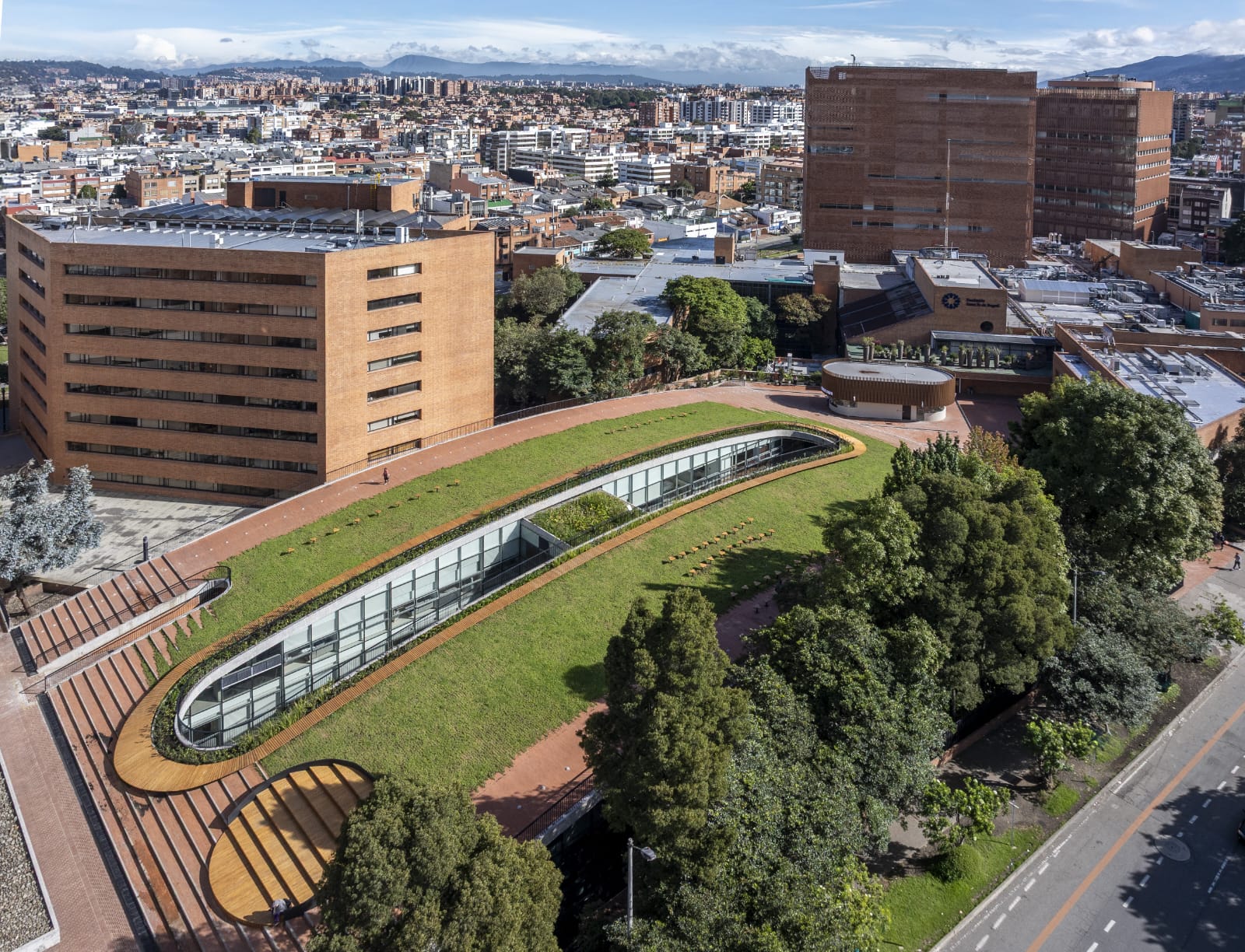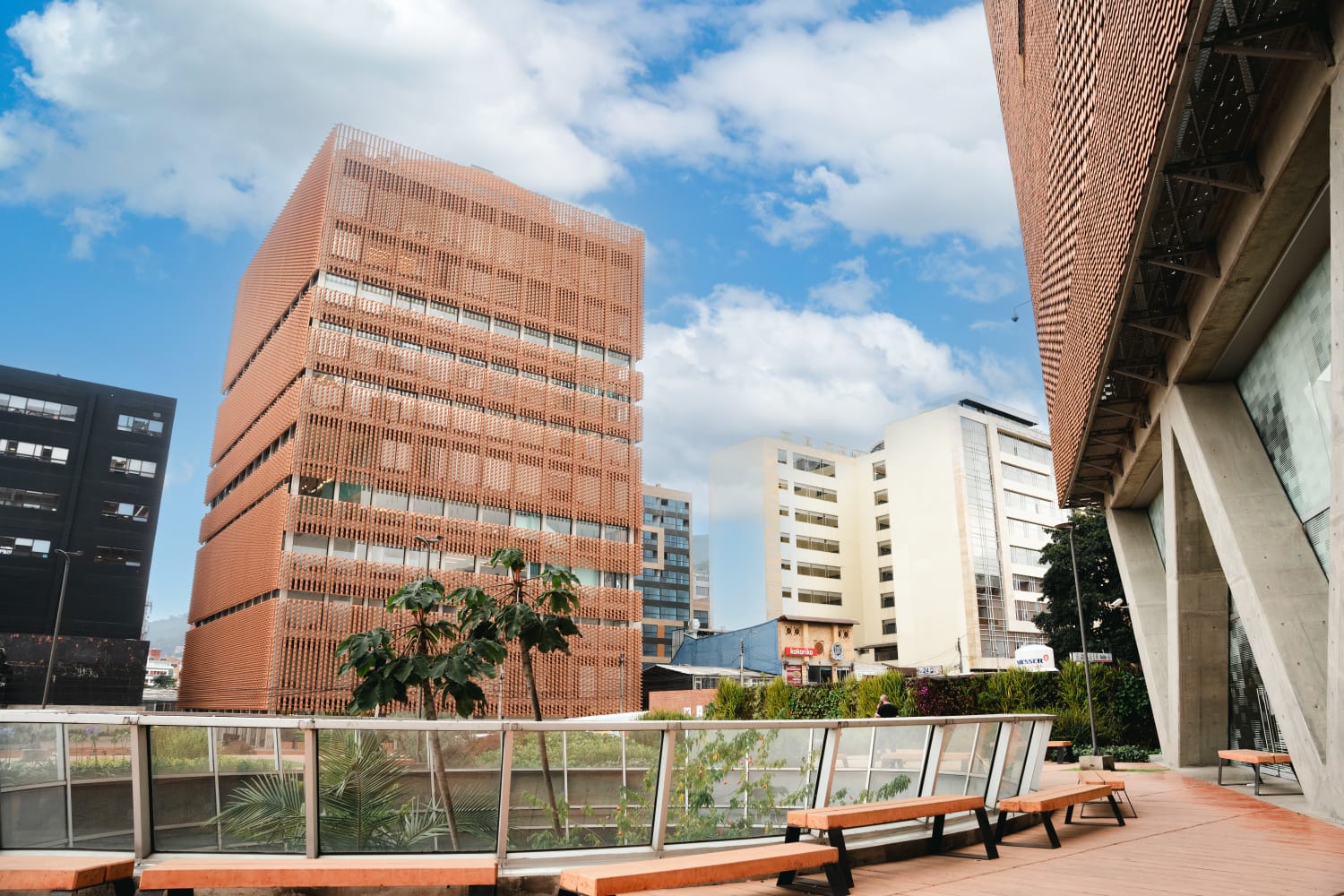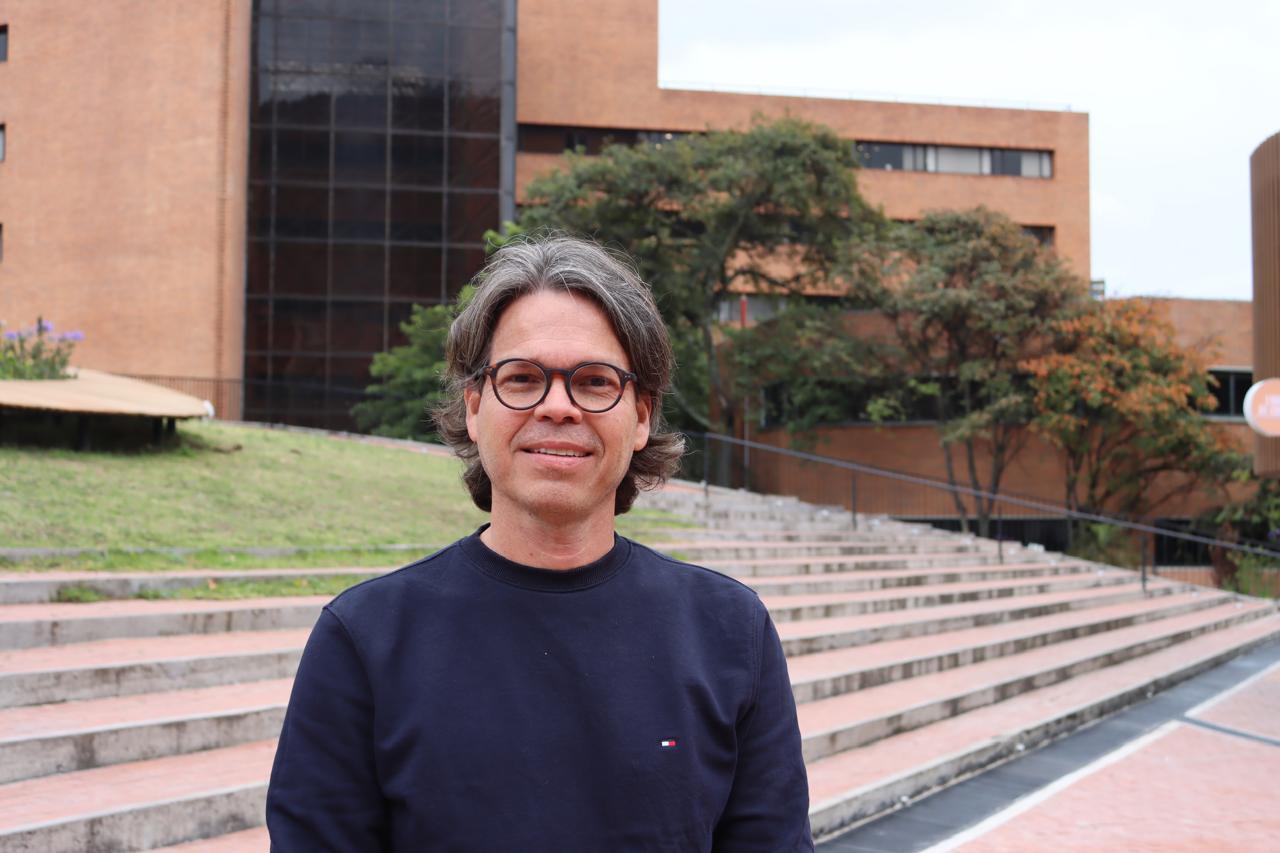The Santa Fe de Bogotá Foundation, a three-time winner at the Latin American Hospital Architecture Awards

The Santa Fe de Bogotá Foundation was the star of the 3rd Latin American Hospital Architecture Award (PLAH), receiving three awards that position it as a regional leader in innovative and sustainable hospital infrastructure. The recognitions were granted by the Colombian Society of Architects (SCA) and the Colombian Association of Hospital Architecture and Engineering (ACAIH), the organizers of the biennial competition that honors the best healthcare projects in Latin America.
In this edition, the Foundation took first place in three key categories: new buildings with a construction area equal to or less than 20,000 m², with the Outpatient Services Tower; new buildings with an area greater than 20,000 m², with the Santa Fe de Bogotá Foundation Hospital Complex; and restored and/or renovated buildings, with the Renovation Master Plan.

The Outpatient Clinic Tower, the Hospital Complex, and the Renovation Plan were recognized. Photo: Santa Fe de Bogotá Foundation
The first two projects were developed by renowned architect Giancarlo Mazzanti Sierra and his firm MZZ Arquitectura, while the master plan was designed by the Foundation's Infrastructure Subdirectorate team, led by Luis Emilio Quintero Avendaño, along with María Margarita Velázquez Niño, Lina María Gómez Marroquín, and Ferney Sánchez Mahecha.
The Latin American Hospital Architecture Award (PLAH) seeks to recognize projects that successfully combine creativity, functionality, sustainability, and technical quality with appropriate urban integration and consistency with the Sustainable Development Goals (SDGs). Based on these criteria, the jury recognized the Santa Fe de Bogotá Foundation's ability to design spaces that improve the patient experience and promote collective well-being.

The institution was awarded in three PLAH categories. Photo: Santa Fe de Bogotá Foundation
"In these three new architectures we are delivering to the country, we have managed to combine several aspects. The first is a people-centered care model, which allows individuals to improve more easily in a completely healthy, healing environment," said Henry Gallardo, general director of the Santa Fe de Bogotá Foundation.
According to Gallardo, these architectural projects not only expand the hospital's infrastructure, but also reflect the evolution of the institution's care model: one that puts the human being at the center and understands physical spaces as an integral part of the recovery and well-being process.
For his part, Luis Emilio Quintero, Deputy Director of Infrastructure, highlighted the collaborative work that made the awards possible: “These awards are not only an achievement of the architecture and infrastructure team, but of the entire Foundation community: from the healthcare, medical, and administrative areas. They reflect architecture as part of our founding culture.”

Luis Emilio Quintero, Deputy Director of Infrastructure. Photo: Santa Fe de Bogotá Foundation
The award-winning projects represent three milestones in the institution's physical and conceptual transformation. The Outpatient Services Tower, for example, redefines outpatient care with a design that prioritizes light, accessibility, and energy efficiency, while also facilitating internal circulation and environmental comfort.
The Santa Fe de Bogotá Foundation Hospital Complex, one of the most emblematic buildings in the Colombian healthcare system, combines cutting-edge technology with sustainability principles and bioclimatic design. The Renovation Master Plan reflects the institution's long-term vision, focused on adapting the hospital space to new medical, social, and environmental needs.
Each of these projects responds to the institutional purpose of "offering more and better healthcare in spaces designed for the well-being of patients, families, and employees," as the Foundation states. The new hospital environments were conceived not only as medical infrastructure, but as places that foster empathy, calm, and comprehensive recovery.
"These recognitions are a motivation to continue advancing toward hospital architecture that inspires, heals, and humanizes care," concluded the team from the Infrastructure Subdirectorate.
Environment and Health Journalist
eltiempo

%3Aformat(jpg)%3Aquality(99)%3Awatermark(f.elconfidencial.com%2Ffile%2Fbae%2Feea%2Ffde%2Fbaeeeafde1b3229287b0c008f7602058.png%2C0%2C275%2C1)%2Ff.elconfidencial.com%2Foriginal%2F53b%2F93a%2Fc9f%2F53b93ac9f070e87dcca0ece8b00d2161.jpg&w=1280&q=100)
%3Aformat(jpg)%3Aquality(99)%3Awatermark(f.elconfidencial.com%2Ffile%2Fa73%2Ff85%2Fd17%2Fa73f85d17f0b2300eddff0d114d4ab10.png%2C0%2C275%2C1)%2Ff.elconfidencial.com%2Foriginal%2Fa58%2F00b%2F79d%2Fa5800b79d7f358d8473d95372cf7e45c.jpg&w=1280&q=100)
%3Aformat(png)%3Aquality(99)%3Awatermark(f.elconfidencial.com%2Ffile%2Fa73%2Ff85%2Fd17%2Fa73f85d17f0b2300eddff0d114d4ab10.png%2C0%2C275%2C1)%2Ff.elconfidencial.com%2Foriginal%2F513%2F4c7%2F49b%2F5134c749b79b9fa93a00a1c5e333053b.png&w=1280&q=100)
%3Aformat(jpg)%3Aquality(99)%3Awatermark(f.elconfidencial.com%2Ffile%2Fa73%2Ff85%2Fd17%2Fa73f85d17f0b2300eddff0d114d4ab10.png%2C0%2C275%2C1)%2Ff.elconfidencial.com%2Foriginal%2Fd56%2F668%2F8a8%2Fd566688a85aa51cbc3dcd67dd9b8ee40.jpg&w=1280&q=100)
%3Aformat(jpg)%3Aquality(99)%3Awatermark(f.elconfidencial.com%2Ffile%2Fbae%2Feea%2Ffde%2Fbaeeeafde1b3229287b0c008f7602058.png%2C0%2C275%2C1)%2Ff.elconfidencial.com%2Foriginal%2F968%2F1f7%2F0ff%2F9681f70ff1ec9d4acdaf58ae5d7c7092.jpg&w=1280&q=100)